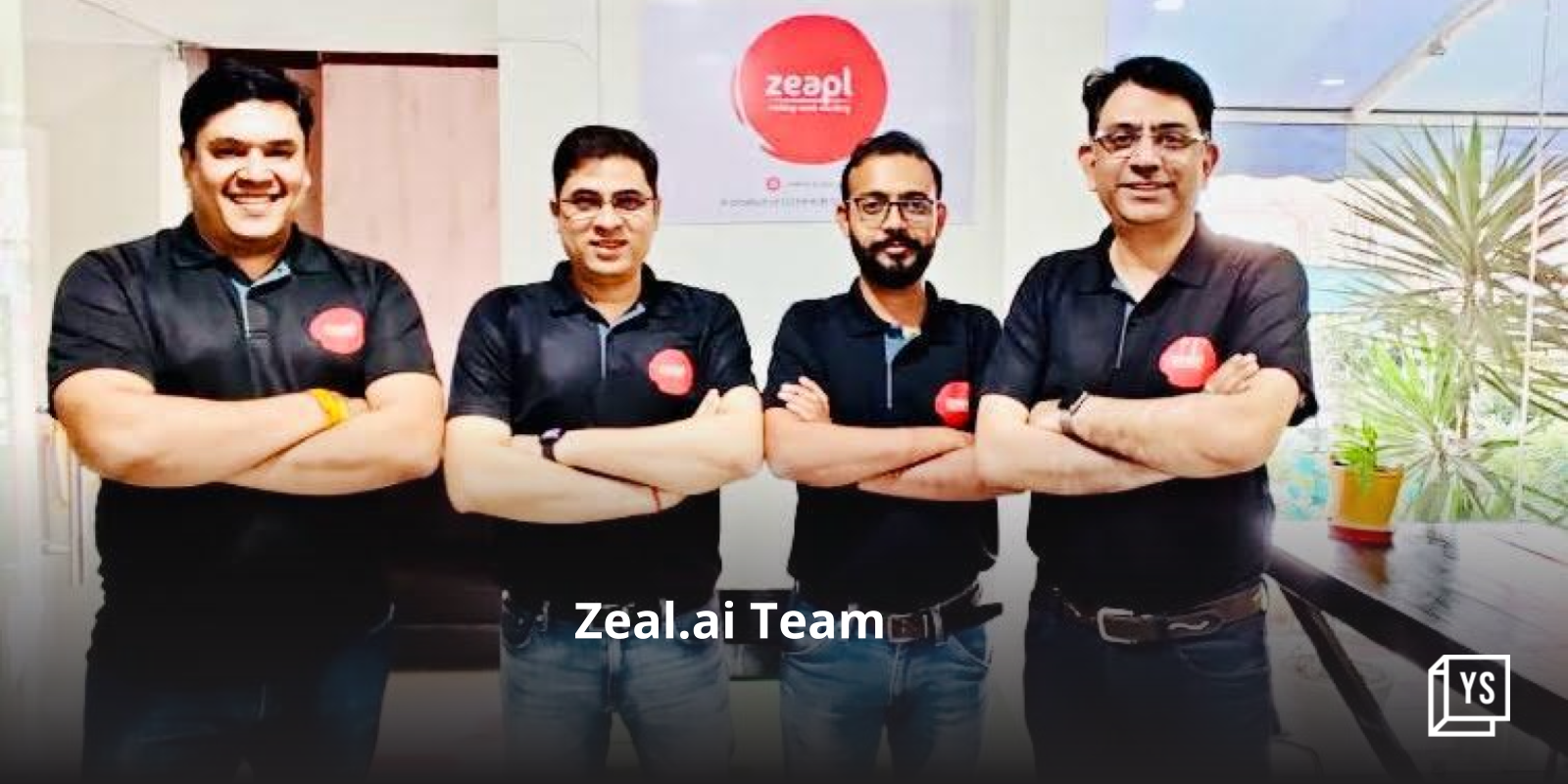“Live the brand, it’s not something ‘out there’ for your customerssake”: Arvind Lodaya, Brand Strategist

Brand strategist and consultant Arvind Lodaya, NID alumnus, has an illustrious background including co-founding O&M in India and working as creative director there. In a Q&A with YourStory.in, he gives valuable lessons on how to design your brand. Strategic intent is crucial, according to him.
What according to you are major mistakes companies make while trying to build a brand?
About a decade ago, most companies used to think of brand as a tool to generate a buzz, to raise sales. Today, the general perception is that brand is about differentiation, about attitude, about intent. However, very few companies see brand as a potent investment that literally finds you those customers who are just right. Therefore, the mistakes tend to be either in terms of a big gap between intent and reality (very commonplace, most companies see themselves only as their intent, rarely as their reality) or in terms of chasing the wrong customer (again very commonplace, few companies have the clarity and guts to focus on one segment – the right segment – as their constituency and settle for anything else as a bonus). I find IndiGo an intriguing case in the sense that their offering is on target vis-à-vis their customer base/segment, but their brand imagery seems to be completely out of sync. It seems more of an indulgence than a strategic positioning business investment!
Tips for startups looking to create products with great design…
If your offering is to the consumer market, get a designer on board your core team as early as possible – or else regret later. Luckily, there are a number of highly experienced independent designers who can be brought on board relatively easily. But unfortunately, not too many combine design ability with a strategic perspective – design groups or consultancies tend to be better at that. What you want is genius, no less.
Go to the design schools, offer workshops or internships or classroom projects to students. Their ‘clean slate’ minds can often generate insights and ideas that the most experienced cannot. Of course, you would need to protect your IP in some way, but do not burden them with it.
Co-creation is a wonderful design methodology to elicit the creativity of all your stakeholders. It produces fairly robust results in rapid time-frames, but it needs careful (and innovative) planning and moderation.
Aim really high. Design is about being out of the box, disruptive and breakthrough. If you’re not getting that, you’re only getting 50% of what it can actually do for you.
Tips for startups to build a great brand…
In corporate branding, a brand lies in the space between vision, strategy and reality. In other words, remain grounded in who or what you are but at the same time aim far and high, and take concrete steps to transform your present into your future.
A catchy name, slogan and logo can help big time. Just like a picture is worth the proverbial thousand words, a great brand identity is worth a thousand brochures and sales pitches.
A catchy name and logo are great magnets to attract people and also drive change. But they are not ends in themselves. So once you’ve got the name and logo, keep asking yourself if you are (or your product/service offering is) what the name promises.
Always keep comparing, there’s always competition no matter how unique your positioning might be.
Live the brand, it’s not something ‘out there’ for your customers sake. But at the same time, the most enduring brands gradually start getting owned by customers rather than companies, so if you’re in that lucky space, learn to let go.
Service is the most underrated (or under-utilized) branding medium, and most companies suck at it. And that's because most people see their work as just their job, not something they feel for or believe in.
Which companies, according to you are India's biggest branding and design successes?
Any organization that is successful would automatically be successful in terms of branding, meaning it’s doing something right. But off the top of my head, I’ll mention Tata, ICICI and Jet Airways amongst the larger organizations, and Fab India and Cleartrip.com as great branding case studies. The city of Delhi is probably India’s only ‘branded’ city, in a manner of speaking – well, maybe Kolkata is too but that’s historical. Amongst our states, Gujarat has a powerful branding.
In terms of design, I’m not too happy with the state of affairs yet, and that’s because design is as much about quality, consistency and detail as it is about the big, flashy idea. Few companies have really internalized design so thoroughly as to leave an impression in our minds. But again, Fab India perhaps does come up, at least in its earlier ‘pioneering’ years. I think Bollywood has suddenly made a quantum leap in terms of design, packaging and quality. One would expect that ambiance-based brands (like the hospitality sector or tourism) would really be at the cutting edge of design, but I think there’s still some way to go. I’ve not been to any of their properties yet, but Neemrana seems to embody a very high level of design integrity and quality.
Any important design and branding lessons from your personal experiences that you would like to share with our readers?
Even though design and branding reside in the subjective, subconscious and intuitive domain, they must not be dealt with subjectively or emotionally. They can and must be approached rigorously, rationally and yet passionately. Rather than using expressions like ‘I like this’ or ‘I don’t like that’, use expressions like ‘What works about this is...’ and ‘What doesn’t work about this is...’.
India is a challenge for branders because of its high orality. This means that modern structures and approaches to branding are less effective, as compared with traditional forms like song, music and story. Bollywood of course is a great place to learn from, but our fashion (and I don’t mean the high-end stuff here) and food industries can also teach us important lessons.
The biggest potential gainers from branding and design in India are without any doubt the SME sector. These traditional, family-run businesses have the potential to transform themselves into small, sharp and powerful businesses that can give any giant MNC a run for its money—provided they have their branding and design in place.
We thank Arvind for sharing his valuable insights on design and branding.











